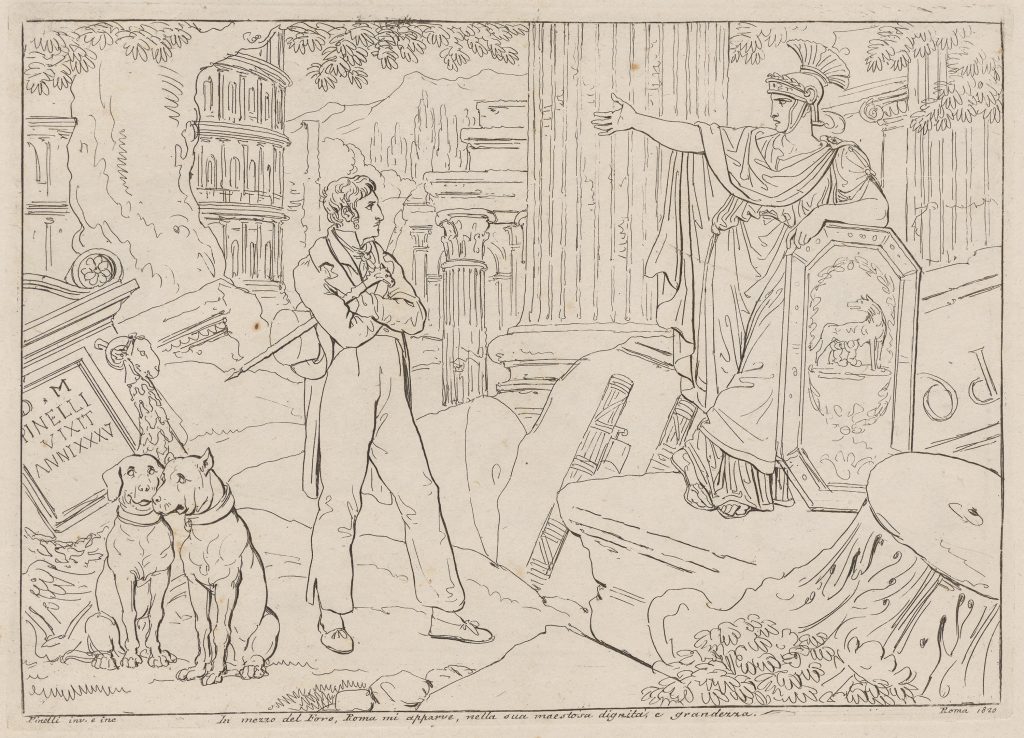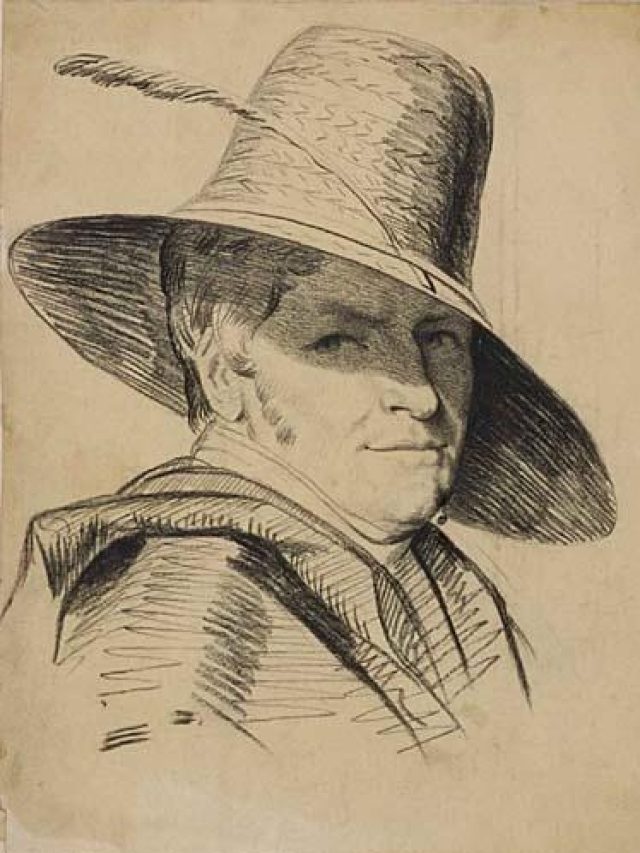Do all roads lead to Rome? We believe they do! The world has so much to thank Italy for. Whether it is their cheeses, wines, luxury automobiles, or calendar, Italy is undoubtedly a strong cultural mecca of Europe. Although we are all familiar with the artworks of Caravaggio, Michelangelo, or Leonardo Da Vinci, one artist who never got his props was Bartolomeo Pinelli (b 20 November 1771). Pinelli was an illustrator and engraver. While his work is clearly an accurate representation of daily Roman life, he lived and died in desolation.

Bartolomeo Pinelli Art Themes and Motifs
Bartolomeo Pinelli’s artwork deals with the routines of Roman neighbourhoods. His engravings provide historical data on the costumes, rituals, traditions, and living conditions of the Romans in the late 1700s to early 1800s. His admiration of glorious monuments and Roman citizens is easily decipherable. Another recurring motif in the illustrations is Bartolomeo Pinelli’s Cane Corso.
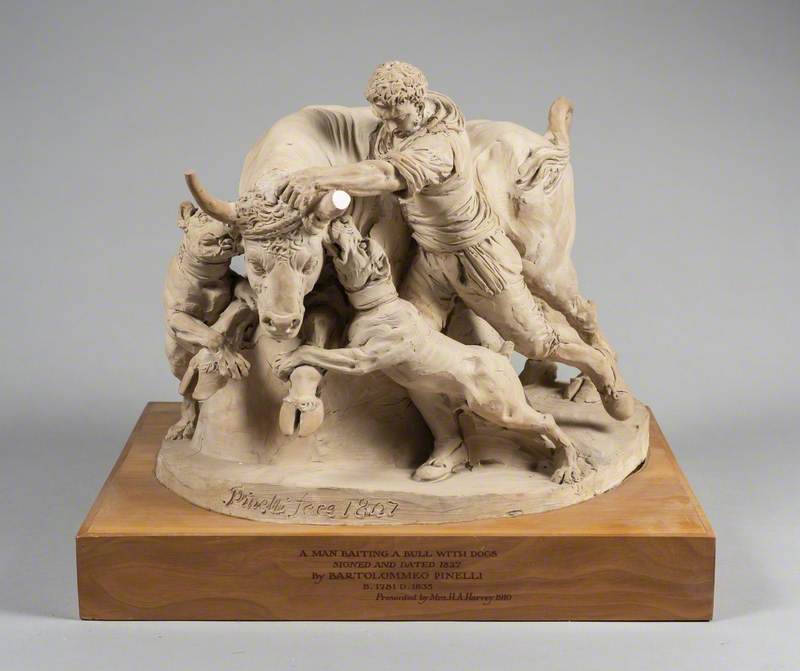
In addition to an authentic depiction of contemporary life, he also illustrated epic poems, the likes of Ariosto’s Orlando Furioso. He also made copper engravings for Virgil’s Aeneid. Although critics agree that his artworks do not compare to the skills of his contemporaries, he is still lauded for his precise portrayal of Roman culture.
La Storia del Brigante Decapitito
‘La Storia del Brigante Decapitito’ translates to ‘Story of the Decapitated Brigand’. Bartolomeo Pinelli gained favour for his portrayal of ‘banditti’ (brigands) the local outlaws. His collection of prints described the decapitation of a sleeping brigand murdered by his wife on account of murdering their offspring. With this series, Pinelli brought attention to the brigand subculture. This helped him rise through the aristocratic circles of ancient Rome.
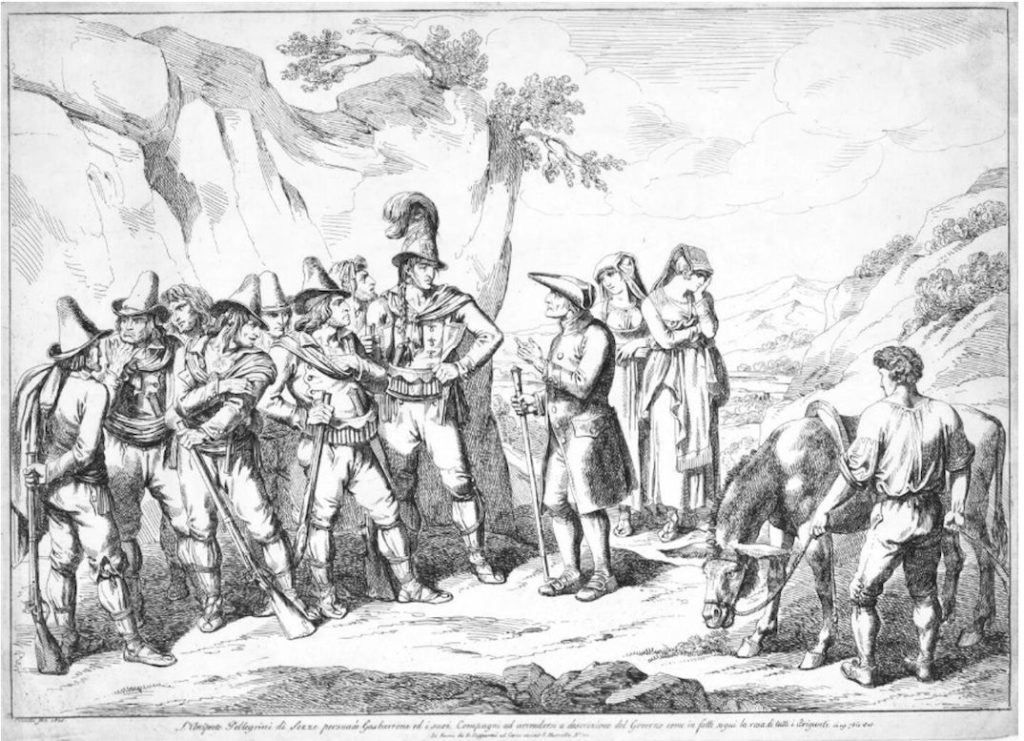
Although Bartolomeo Pinelli intended the prints as a critique of the aristocracy’s unchallenged imposition and the repercussions on the lower classes, they did not have any effect. Instead, the Roman aristocracy was enchanted by his prints, the Duchess of Devonshire going as far as to purchase two of them.
Pinelli alla Trattoria
Bartolomeo Pinelli’s ‘Pinelli alla Trattoria’ translates to Pinelli at the Restaurant. Similarly, as Diego Velazquez’s Las Meninas depicts the painter himself, the painting includes him and Bartolomeo Pinelli’s Cane Corso. The drawing clearly describes Pinelli’s virile humour. Here, he pokes fun at the ‘tourists’ and their style, indicated by the hats hung on either wall.
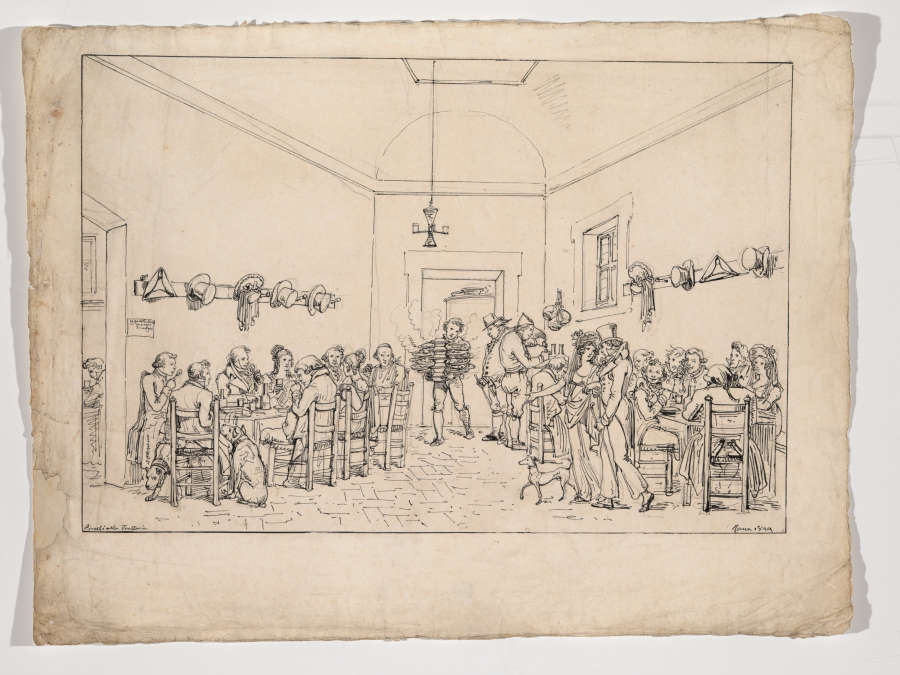
Even though Bartolomeo Pinelli’s status fluctuated, he characterized himself as one among the affluent. The etching also marks the distinction between the working classes and the rulers. You may even notice the clear difference between the plain clothes worn by the server (carrying a rack of steaming dishes) and the lavishness of the eaters. The nonchalant attitude of the bourgeois also becomes a theme of discussion.
Photo Courtesy – RISD Museum
Dogs and Art: The ‘Portraits of Dogs from Gainsborough to Hockney’ exhibition

